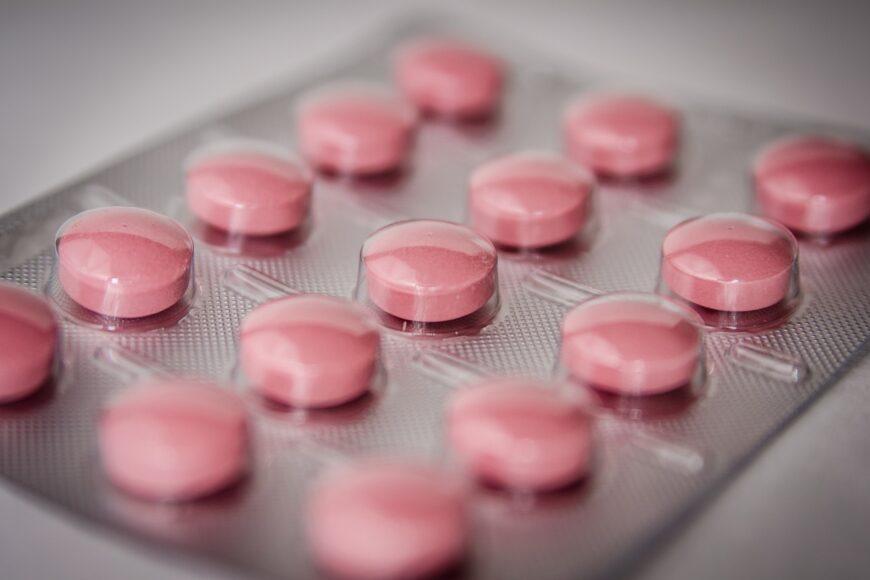
Accurate calibration in gas chromatography transforms good measurements into precise, actionable data. When handling high-stakes tasks in environmental science or pharmaceuticals, ensuring calibration at parts per billion (ppb) becomes non-negotiable. This article will show you how ppb-level calibration standards sharpen gas chromatography’s capabilities and why they matter in your work.
The Importance of Calibration in Gas Chromatography
Calibration is the process of configuring a machine to provide accurate measurements by comparing it against a standard or reference. Ensuring scientific devices are properly calibrated, while also considering measurement uncertainty, can validate their results and verify their quality. For laboratories, calibration can be used to enhance the lifespans of their apparatus. This is because it can help to uncover any issues with the instruments and ensure fewer replacements are needed. Traceability is another advantage of using calibration in laboratories as it delivers an unbroken chain of measurements that link to a standard. Calibration can also enhance a laboratory’s efficiency and deliver regulatory compliance.
In gas chromatography, calibration is vital because it ensures the instrument can accurately identify and quantify a sample’s components. Without proper calibration, the data generated can be unreliable. This can lead to incorrect conclusions and potentially severe consequences, especially in fields like environmental monitoring and pharmaceuticals.
What Applications Require PPB Calibration Standards?
Environmental Analysis:
Environmental monitoring often involves detecting trace amounts of pollutants in air, water, and soil. Many of these pollutants, such as volatile organic compounds (VOCs), can be harmful even at low concentrations. Using calibration standards at ppb levels allows analysts to detect and quantify these trace substances accurately. This means they can ensure environmental assessments reflect true pollutant levels and help to safeguard ecosystems and human health.
Pharmaceutical Industry:
In the pharmaceutical industry, maintaining the purity and potency of drugs is paramount. Gas chromatographs are used to analyze the chemical composition of pharmaceutical products to ensure they meet quality standards. Calibrating gas chromatography systems at ppb levels ensures even the smallest impurities are detected, allowing for stringent quality control and assurance processes. This precision is critical for drug safety and efficacy.
Achieving PPB-Level Calibration
Ascertaining accurate ppb-level calibration requires specialized equipment and techniques. One of the primary tools used is a gas mixer capable of generating precise gas mixtures. These gas mixers are crucial for calibrating the detectors integrated with gas chromatography systems, such as mass spectrometers, flame ionization detectors, and thermal conductivity detectors.
Role of Gas Mixers
Gas mixers are designed to produce gas concentrations ranging from percent levels down to ppb levels. These systems offer flexibility, accuracy, and repeatability, making them ideal for generating the precise gas mixes needed for ppb-level calibration. By enabling single or multi-point calibration, the mixers help gas chromatography machines maintain their high sensitivity and selectivity.
Benefits of PPB Calibration Standards
Enhanced Sensitivity:
Calibrating at ppb levels enhances the sensitivity of gas chromatography machines, allowing them to detect even the smallest concentrations of a substance. This increased sensitivity is particularly important for applications where even minute quantities can have significant impacts, such as ensuring the purity of pharmaceutical compounds.
Improved Accuracy:
Using calibration standards at ppb concentrations improves the accuracy of measurements, leading to more reliable data. Accurate data is essential for making informed decisions, whether assessing environmental pollution levels or ensuring pharmaceutical products’ safety and efficacy.
Regulatory Compliance:
Many industries are subject to regulatory standards that require the detection and quantification of substances at very low concentrations. Using ppb-level calibration helps organizations meet these regulatory requirements, avoiding potential legal and financial penalties.
Calibration Standards Keep Your Gas Chromatograph Machine Reliable
Calibration standards at ppb concentrations are indispensable for gas chromatography applications requiring high mass accuracy and sensitivity. Whether in environmental analysis or the pharmaceutical industry, these standards ensure the reliability and accuracy of gas chromatography measurements. By using advanced gas mixers and calibration techniques, companies, like our own, provide the tools necessary to achieve precise calibration, enabling the detection and quantification of trace substances with confidence.
In an era where precision and accuracy are increasingly critical, ppb-level calibration standards are not just an option but a necessity for many applications. Investing in the right calibration procedures and tools can significantly enhance a gas chromatography system’s performance. This will ensure the gas chromatography machine can meet the high demands of modern analytical challenges.
We have the technology needed to assist you with undertaking the calibration of your gas chromatography devices. Our website offers all the products you could be using for calibration, including our gas mixers, dividers, and dilutors. We also have a number of resources dedicated to a range of related topics, Ultra-High Purity (UHP) mixers, and their calibration abilities, and trace gas analysis. Our experts are also on hand to answer any further questions you may have about calibrating a gas chromatography machine. Discover our gas chromatography calibration products for yourself and put their abilities to the test.

